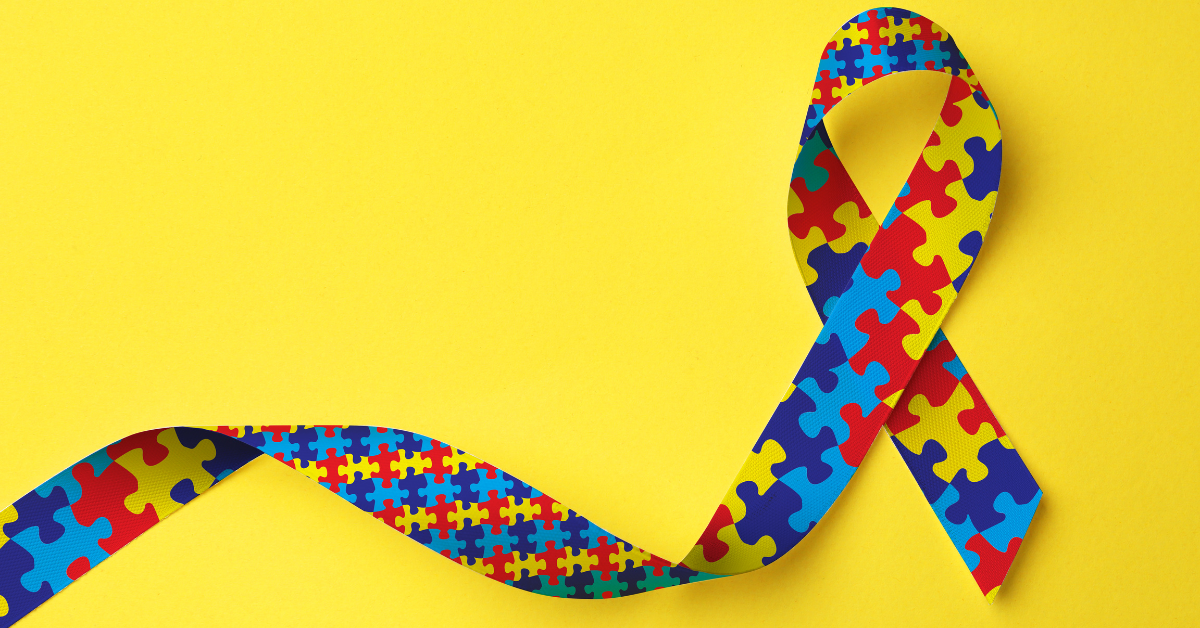What Does ASD Stand For?

Find your degree
ASD is the abbreviation for Autism Spectrum Disorder. ASD is the sort of umbrella term for a complex range of conditions classified as neurodevelopmental disorders. They are grouped together in the DSM under this one name based on the following shared symptom categories: Impaired social communication and/or interaction and; restricted and/or repetitive behaviors. People with ASD are also referred to as being on the spectrum and they can exhibit a range of symptoms at varying intensity; that is why autism is considered to be a spectrum. Autism was first discovered as we know it today in 1943 and was finally dubbed Autism Spectrum Disorder in 2013.
In recent years, our scientific and cultural understanding of autism has expanded exponentially from where we were just a few years ago, let alone where we were when it was first discovered. Doctors have improved their abilities to screen for and diagnose autism which has led to more people being properly diagnosed so you may have started to see the term ASD more and more lately. Which, that can have you wondering ‘what does ASD stand for?’ Quite simply, it stands for Autism Spectrum Disorder, which is a fairly new medical term. Autism, however, is not a new medical term. It was first used to describe a particularly antisocial subset of people diagnosed with schizophrenia in 1908. It wasn’t until 1943 until autism was used in a way that reflects how we understand it today; Dr. Kanner, a child psychiatrist, coined a disorder called ‘early infantile autism’ that was characterized by high intelligence, isolative behavior, and severe resistance and discomfort with change.
The next big step towards understanding autism came in 1944 when a German scientist found that there was a “milder” form of autism, which is known as Asperger’s Syndrome after the man who first discovered it, Hans Asperger. Both disorders were still classified under schizophrenia even though the two are not related. The two disorders weren’t separated until 1980 when ‘infantile autism’ was entered in the Diagnostic and Statistical Manual of Mental Disorders which is commonly called the DSM. ‘Infantile autism’ was renamed to ‘autism disorder’ in 1987 and the first diagnostic criteria were detailed; Asperger’s Syndrome was not entered until 1994. Research was being conducted during that time and almost 20 years later, the DSM 5 condensed all autism-related disorders under one term, Autism Spectrum Disorder. The diagnostic criteria were slimmed down to just those two symptom categories detailed above because doctors now understood that autism is a deeply individual condition that has varying symptoms and levels of severity that are unique to everyone who receives the diagnosis.
A spectrum disorder is a mental disorder that includes a range of linked conditions or singular symptoms and traits. Because autism varies on an individual level and presents itself as clusters of symptoms rather than a rigid list of specific symptoms, this is an incredibly accurate classification for this disorder.
Related:
